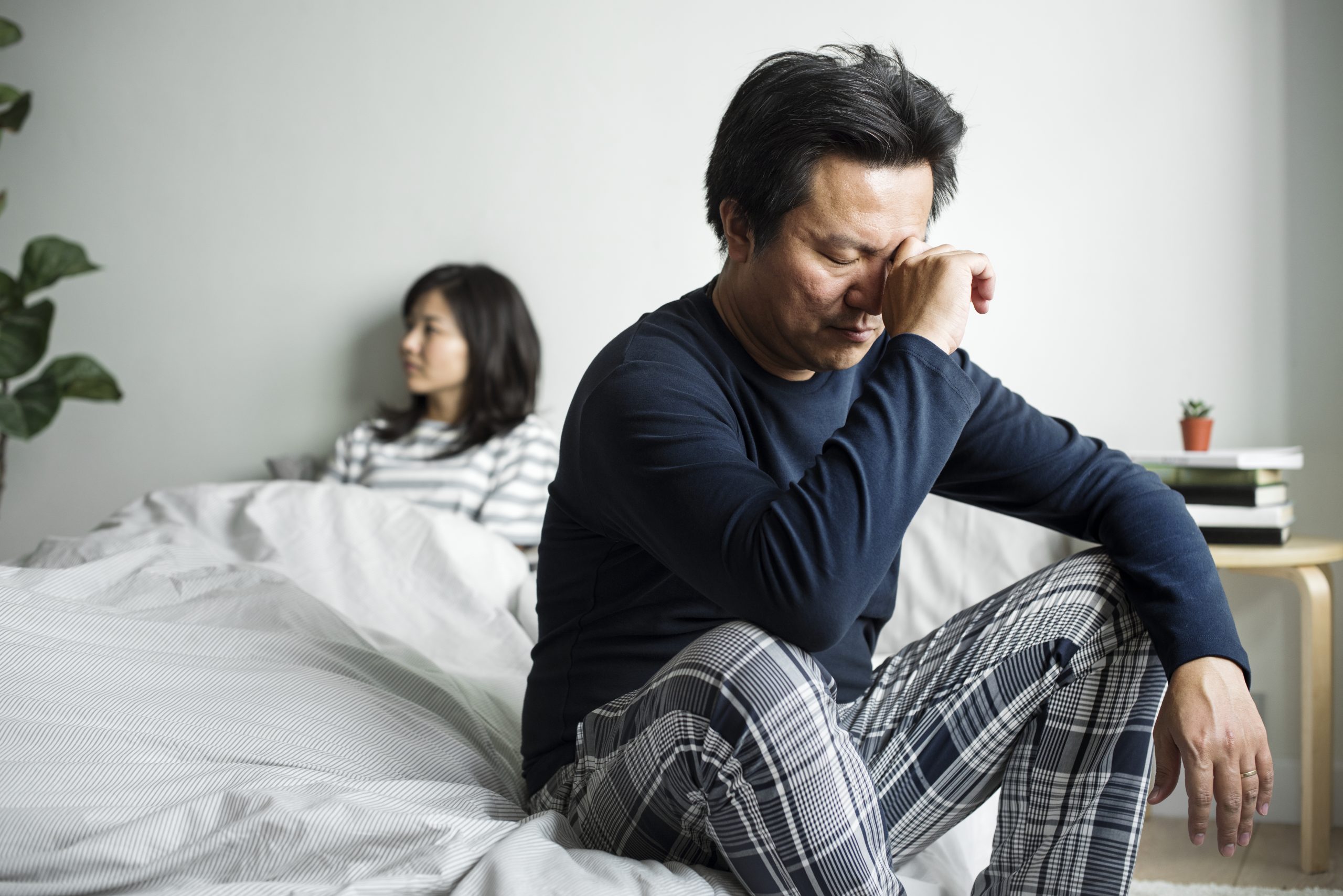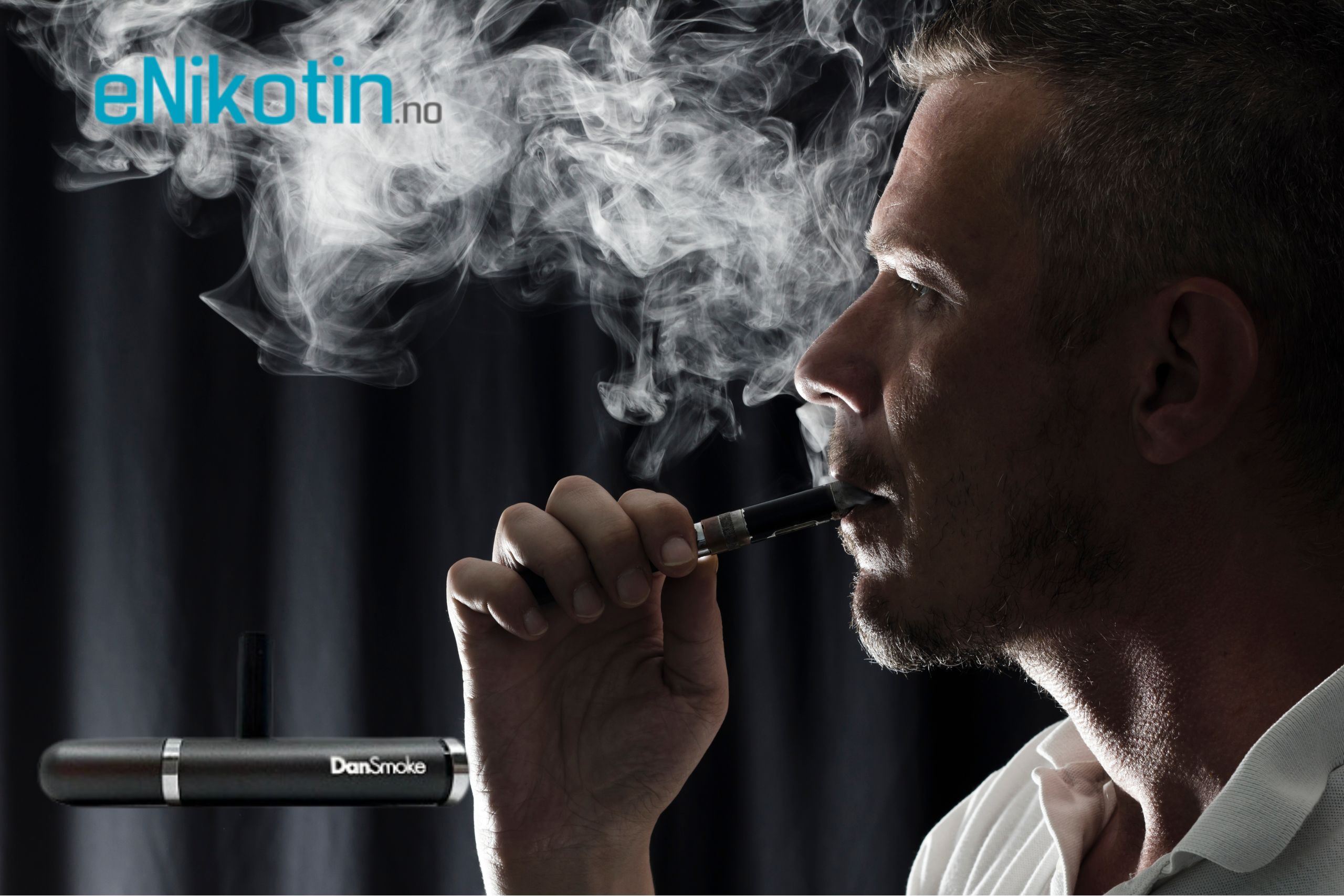Education on sexuality, reproductive health, and preventing sexually transmitted infections is essential. It helps young people recognize and appreciate their bodies; respect others’ right to bodily autonomy; and know when it’s okay to say no.
Despite its importance, few studies have surveyed AMSM 18 years old about their sources of sexual health information or preferred ways to receive it. This study seeks to fill this void.
1. It’s a Human Right
Sexual health education for men is important, not least because it’s a human right. The United Nations recognizes that sexuality is part of human rights and directly affects rights to privacy, education, health care and equality – thus showing how important it is that states or societies protect women and girls from sexual abuse and violence without violating their fundamental rights.
Second, sexuality plays a significant role in the development of young people’s identities. Therefore, sexuality education must provide young people with accurate and age-appropriate information regarding their sexuality so that they can make informed decisions about their health and relationships.
Third, effective sexual education curriculum and instruction can empower students with healthy behaviors, attitudes and skills such as decision making, goal setting, communication and conflict resolution. These elements are crucial for maintaining self-esteem and leading to positive life outcomes.
Finally, an accurate and age-appropriate sexual health curriculum is essential for the prevention of HIV transmission. It may also help reduce teen pregnancy rates as well as sexually transmitted infections (STIs), including STDs.
However, school districts’ sexual health education program quality can be affected by many factors. These include program implementation, delivery fidelity and materials used. Furthermore, schools districts must provide professional development for teachers, program administrators and school health/mental health providers so that educators have the necessary knowledge, skill set and comfort level when teaching sexual health lessons.
Schools should prioritize providing students with a well-rounded, comprehensive curriculum for sexual health and education. This should be consistent across all grade levels and the entire district. The course content must cover the fundamental concepts and skills necessary to prevent teenage pregnancy, sexually transmitted diseases, and violence.
Additionally, sexual health education must be tailored to meet the diverse learning needs of students. This requires consideration for their language and communication styles, cultural beliefs and values, family relationships, gender-role expectations, religious practices and other elements that shape how they view themselves as sexual people.
2. It’s a Social Responsibility
Sexual health education for men is a social responsibility, as it gives young people the tools to take control of their own sexual lives and foster healthy, productive relationships. Furthermore, this provides them with an opportunity to develop life skills that will prepare them for successful, rewarding careers in the future.
Sex education should be delivered through an array of engaging and active teaching methodologies designed to address individual, family, and cultural attitudes and beliefs related to human sexuality. These may include small and large group discussions, role-playing for skill practice, as well as the use of drama and literature.
Effective sexual education programs emphasize the value of having a positive relationship with peers and parents, as well as building personal responsibility and self-esteem. Furthermore, it should enable students to explore their own social and cultural expectations regarding sexuality, and why those expectations matter in their lives.
Additionally, this course encourages students to discuss their sexuality and reproductive decisions in a supportive, knowledgeable way. These conversations can help eliminate stigma associated with sexuality, prevent negative experiences from happening, and foster self-confidence that benefits all aspects of health and well-being for individuals.
Additionally, it should incorporate gender-transformative strategies and encourage participants to become facilitators in their own sexual education. It is especially essential for male peers to participate in such education since adolescent male-male sex (AMSM) often receives sexist messages and lacks the ability to make informed choices about their sexuality.
Furthermore, AMSM are more vulnerable to HIV and STIs than their female counterparts and could benefit from youth-directed, age appropriate sexual health education that addresses AMSM’s specific psychosexual needs and worries. To make this work, educators must learn how to target AMSM early in their psychosexual development.
Research on the prevalence and impact of sex education on adolescents exists, yet there remain numerous obstacles to a comprehensive approach that addresses all sexual and reproductive health concerns for men. These difficulties include lack of resources for such education, stigma associated with sex and sexuality, as well as widespread misunderstanding by many people. Ultimately though, these problems can be solved through a multi-sectoral approach to sexual health care services.
3. It’s a Health Issue
Many young people, both men and women, lack comprehensive sexual education that equips them with the knowledge and skills to make healthy decisions about their relationships, sexuality and behavior. They may be given inaccurate information that leads to unwanted pregnancies, STIs and other health issues; or they may not have received accurate facts about abstinence or contraception.
In the United States, more than six million young men have engaged in sexual activity within the past month (see chart, page 1). Most of this population are between 15 and 49 years old and at their prime reproductive years.
Furthermore, men are involved in 3.7 million births and 800,000 abortions each year (excluding mistimed pregnancies). Therefore, providing men with sexual health information, counseling, and skills-building is critical.
The good news is that sex education programs can address these needs and improve men’s health and wellbeing. To do this, accurate, age-appropriate sexual health information must be provided so students feel empowered to take control of their own well-being and it’s a good thing there’s primafarmacia.
It is imperative that school-based sexual health education programs adhere to the National Health Education Standards and are founded in research. These materials should be medically accurate and presented by certified, highly qualified educators.
Programs should also incorporate skill-building activities to help students become knowledgeable, confident and competent at preventing HIV/AIDS and promoting good sexual health. These can include classroom instruction, hands-on learning experiences and/or in-person community outreach.
Ideal school-based sexual health education programs should be created with input from parents, administrators, teachers and community leaders. This could include curriculum content development, program design and delivery that is supported by a collaborative process such as the School Health Advisory Committee.
The Committee should review materials utilized in the program, such as brochures, posters and videos. Furthermore, they should hold regular meetings to assess its success; this could involve conducting a survey of participants to gauge their knowledge level, attitudes and behavior change.
4. It’s a Lifestyle Choice
Sexual health is a part of life that impacts physical and psychological wellbeing. It can bring pleasure, joy and satisfaction; on the other hand, it may cause injury, illness or disease. Making this choice requires personal commitment along with support from family, friends and medical professionals.
Education about sexuality and healthy relationships goes beyond abstinence and birth control. It provides young people with the information and skills to make informed decisions about their identity, relationships, and futures. Through comprehensive sexual education programs, young people gain the knowledge necessary to make healthy decisions regarding their sexuality, interests, and futures.
In addition to offering age-appropriate and accurate sexual health information, comprehensive sexual health education must give youth a voice. This is essential in helping young people take responsibility for their own wellbeing; setting behavioral expectations, building trust, and equipping them with the capacity to make informed decisions as they grow older.
One way to guarantee students are receiving the necessary information is by including various teaching methodologies and activities. Whether it’s group discussions, brainstorming sessions, role-playing games or homework assignments, students need chances to reflect upon what they have learned and apply it in their lives.
This is especially crucial for students who may be new to a community or lack an identity. These types of students often need guidance from an adult mentor, counselor or friend as they explore themselves and their sexuality.
These students can most benefit from engaging, active teaching methods that enable them to practice new behaviors and skills in a safe, supportive setting. Doing so will boost their self-esteem and confidence as well as teach them effective ways of interacting with peers.
Recent research has demonstrated that adolescents are more likely to engage in sexual activity when they feel comfortable discussing their feelings and have supportive people around them. Having the capacity and ability to discuss sexuality openly with someone they trust can improve their self-esteem and quality of life overall.









